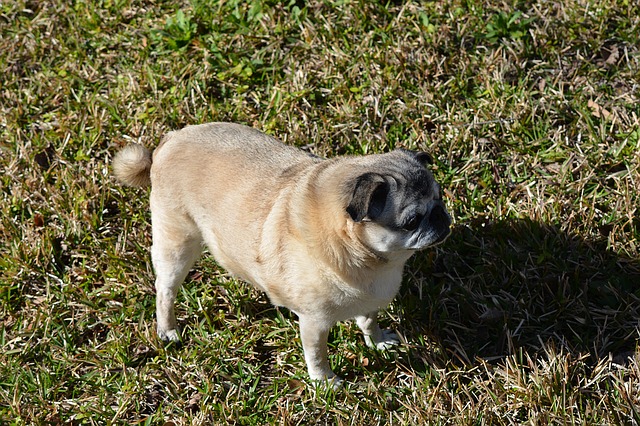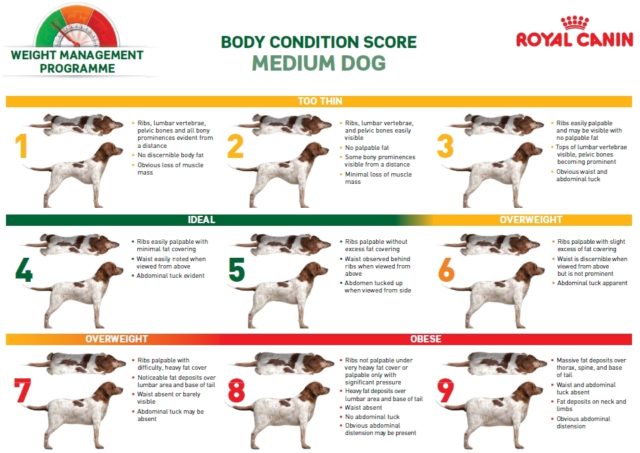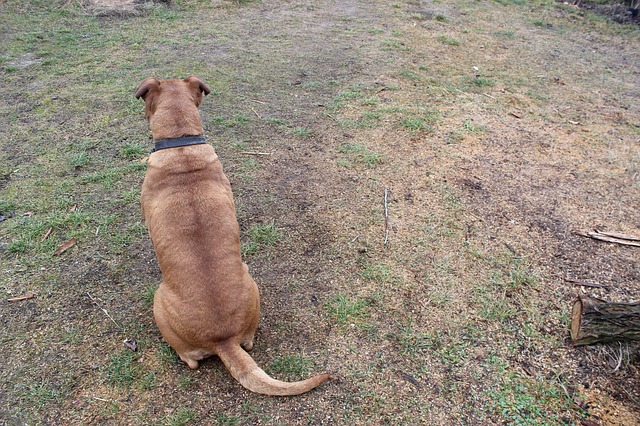Whether their child is furry or not, many parents are in denial about their child’s weight. This can lead to a host of health problems related to obesity, some of which may be permanent.
Obesity can also reduce your dog’s life span by up to two years. That’s why it’s so important to take an honest look at your dog’s figure and decide if they need to lose some weight.

Somewhere between 22 and 40% of the dogs in the world are obese, with some countries reporting rates as high as 45%, and obesity can lead to many health issues such as diabetes, kidney disease, or respiratory problems. If you want your dog to have the healthiest, happiest, and longest life possible, it’s important to help them maintain a healthy weight.
So how can you tell if your dog is overweight? You should be able to feel your dog’s ribs fairly easily and they should have a discernible waist when viewed from above. A vet can help you accurately assess your dog’s body condition and decide whether or not your dog should lose some weight.

Image source: Royal Canin (Click here to see enlarged charts for small, medium, and large dogs.)
How should you go about helping your dog lose weight? Partly it’s about reduced calorie intake and more exercise, the same as it is for people. In a large global study, dogs who were fed high-fiber and high-protein diets and had their level of exercise increased lost an average of 11% of their body weight after only 3 months. The owners of these dogs also claimed that their dogs had an increased quality of life and didn’t beg for food as much as they had previously.
While you should always talk to your vet before changing your dog’s diet, high-fiber, high-protein diets are often recommended because they restrict calories while still maintaining nutrition and muscle mass.
Related: 7 Best Diet Dog Foods for Weight Loss

How about adding exercise to your dog’s life? Most dogs would actually love to get more exercise; it’s their owners who are pressed for time. Try to think of walking your dog as beneficial for both of you. Increase the length and intensity of walks slowly so that neither of you becomes burned out and unlikely to continue the exercise regimen.
Related: 10 Ways To Exercise Your Dog Indoors

While you can still treat your dog, you should consider the quality of treats you are giving them and account for those extra calories when deciding how much to feed them at their normal meal time. If your dog is fed kibble, consider setting some aside to use as treats. Alternatively, some people foods can make a healthy treat for your dog.
